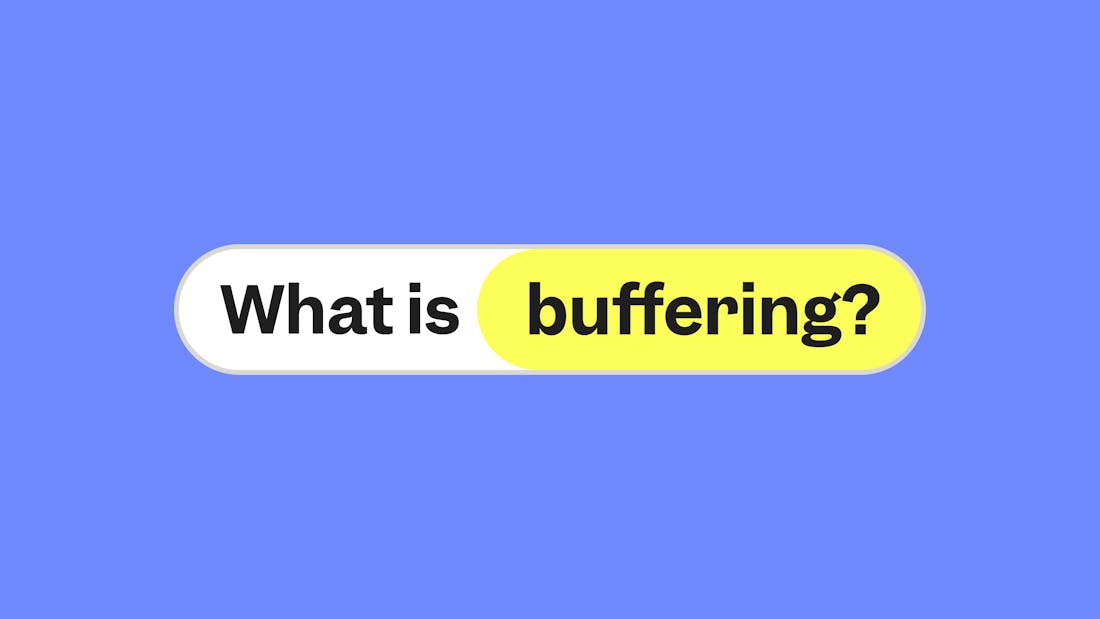
- ArticlesBrandHow stuff works
What is Ping?
At Cuckoo, we like to keep things simple. So welcome to Jargon Busters - a series of quick guides that decode the technical claptrap that other broadband providers seem to love. Starting with…ping.


Josh G | Social Media & Content Lead
Internet. Broadband. Wi-Fi. They’re all words for the same thing, right? Well, not quite.
If you’ve ever shouted, "my internet’s rubbish!" or "the Wi-Fi’s down again!" – we hear you. (And chances are, you’re probably not a Cuckoo customer yet). So if screaming at your router just doesn’t seem to help, let’s look at broadband basics. Is the problem your broadband, or your Wi-Fi? And what’s the difference anyway?
Here’s the lowdown of what you need to know.
Quick explainer... broadband, Wi-Fi and the internet aren’t actually the same thing. Here are the differences:
🌐 The internet – the big wide world of websites, videos, and cat memes. It’s every server and computer connected globally.
🛤️Broadband – the tunnel that brings internet data into your home.
🛜Wi-Fi – the magic that connects your broadband wirelessly to your devices. When broadband data reaches your home, your router sends it out as radio waves so you can connect without wires.
There are two types of connection that bring the internet into your home.
Copper cables
Old-school broadband runs through copper wires. It’s slow, unreliable, and struggles to reach speeds above 25Mbps. If your internet feels really slow, this might be why.
Fibre optic cables
Instead of electrical signals, fibre uses light pulses to send data super-fast. Plus, it’s a lot more stable than copper wires (which can be corroded over time or during bad weather).
- Fibre to the cabinet (FTTC) – part-fibre, part-copper. It’s faster than full copper, but still not totally reliable.
- Fibre to the premises (FTTP) – full fibre directly into your home, and the only kind of broadband we offer. No copper, no limits — just speeds up to 950Mbps. That’s enough to keep 30 people streaming at the same time – with absolutely zero lag or buffering*.
If you’ve got…
Patchy signal in certain rooms, that’s probably a Wi-Fi problem. Something might be blocking the signal.
Slow speeds everywhere, that’s probably your broadband.
If it’s a Wi-Fi issue, boosters or a mesh system (where multiple routers communicate with each other) could help your signal. This handy article has some great tips on boosting Wi-Fi in your home.
If it’s broadband, upgrading to full fibre will make browsing, streaming, gaming feel way easier – without a dreaded wheel of doom in sight.
Now you know the difference between broadband and Wi-Fi, it’s important to know what you’re signing up for. With us, you can pick the broadband speed you need – so you pay for what you use, and not more. Pick from:
150Mbps – great for HD streaming, video calls, and light browsing
500Mbps – perfect for homes with smart devices, remote workers, and streamers
900Mbps – ideal for gamers, multiple smart devices, and smart home tech like Nest or security systems
See if we’re in your area, or if you prefer, give us a ring on 0330 912 9955.
* These figures assume no other devices or activities are using bandwidth on the network, so real-world performance may vary depending on additional usage. You can read more here.

At Cuckoo, we like to keep things simple. So welcome to Jargon Busters - a series of quick guides that decode the technical claptrap that other broadband providers seem to love. Starting with…ping.

At Cuckoo, we like to keep things simple. So welcome to Jargon Busters - a series of quick guides that decode the technical nonsense that other broadband providers seem to love. This time we’re looking at…latency.

Buffering – the bane of our modern, digital existence. You're just as you're about to find out who the murderer is, your favourite character's big reveal, and the dreaded spinning wheel appears.